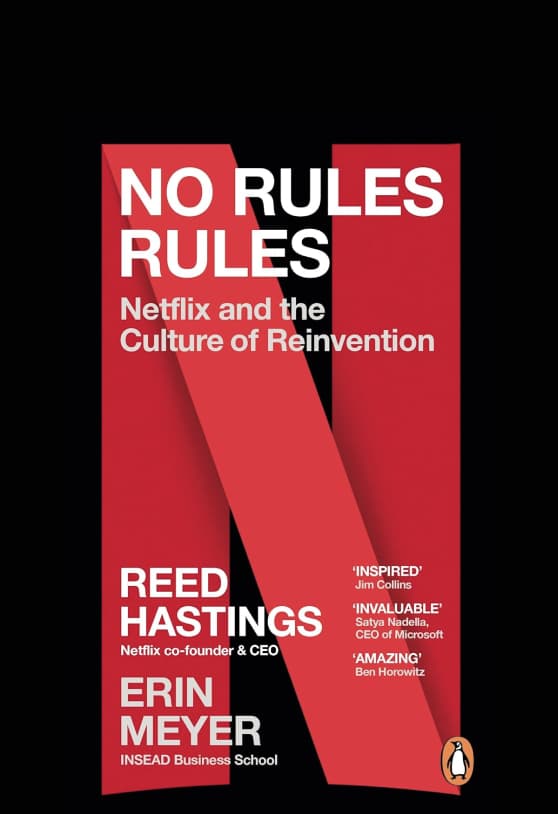7 Powers

GET THE #1 EMAIL FOR EXECUTIVES
Subscribe to get the weekly email newsletter loved by 1000+ executives. It's FREE!
Key Insights from 7 Powers by Hamilton Helmer
Hamilton Helmer's "7 Powers" stands out as a compelling framework for understanding and achieving lasting competitive advantage.
This book offers a fresh perspective on how companies can create and sustain power in significant markets, providing both theoretical insights and practical applications.
The Core Concept: Power
Helmer defines power as "the set of conditions creating the potential for persistent differential returns."
This concept forms the backbone of the book, emphasizing that true strategic advantage comes from creating conditions that allow a company to consistently outperform its competitors over time.

The Seven Powers The heart of Helmer's framework lies in the seven distinct powers that businesses can harness:
- Scale Economies: Achieving lower costs through increased scale.
- Network Economies: Increasing product value as more people use it.
- Counter-Positioning: Adopting a business model that incumbents can't mimic without damaging their existing revenue.
- Switching Costs: Creating barriers that make it costly for customers to switch providers.
- Branding: Building an asset that communicates information and evokes positive emotions in customers.
- Cornered Resource: Securing preferential access to a coveted asset or resource.
- Process Power: Embedding superior processes into an organization.
Key Insights
Strategy vs. Execution: While superb execution is essential, Helmer argues that strategic decision-making is crucial for long-term success.

The Power Progression: The book outlines how different powers become relevant at various stages of a company's growth.
The Role of Invention: Helmer emphasizes that power often arrives on the heels of invention, whether in products, processes, brands, or business models.

The 3 S's: For a business attribute to create power, it must be Superior, Significant, and Sustainable.

Strengths of the Book
Comprehensive Framework: The 7 Powers provide a clear and actionable framework for analyzing and developing business strategy.
Real-World Examples: Helmer draws on numerous case studies to illustrate his concepts, making the theory more accessible and applicable. Focus on Sustainability: The emphasis on creating lasting advantage sets this book apart from those focused on short-term gains.
Potential Limitations
Complexity: Some readers might find the depth of analysis challenging, particularly those new to business strategy.
Limited Focus on Emerging Technologies: While the framework is broadly applicable, it may not fully address the unique challenges of rapidly evolving tech sectors.
Conclusion
I loved this book, it was one of my favourite all year. Helmer's framework provides a robust tool for analyzing competitive advantage and guiding strategic decision-making. While it may require careful study to fully grasp, the insights offered can be transformative for businesses seeking to establish and maintain market leadership.

5 stars
*****
As an Amazon Associate I earn from qualifying purchases.

















